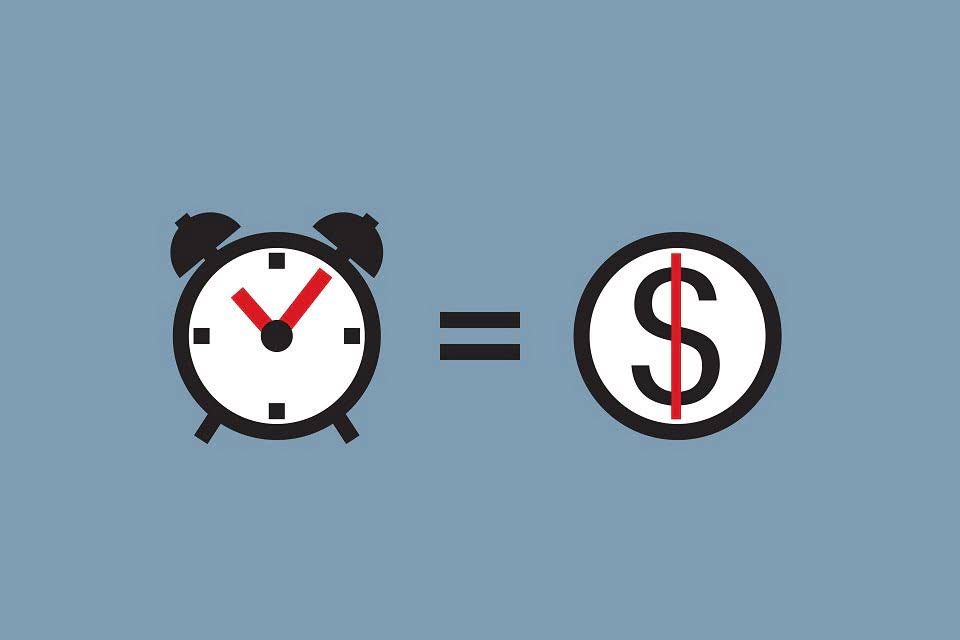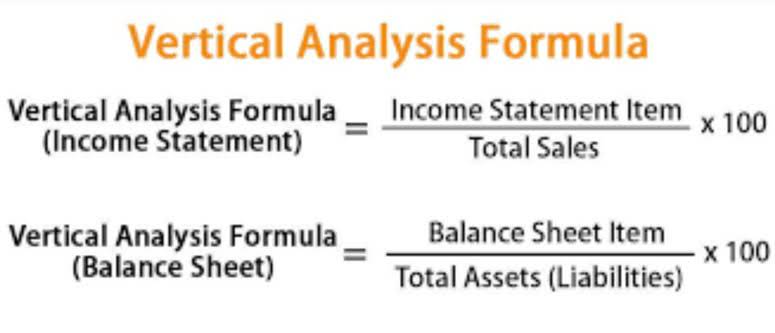This can lead to rapid ruin, for even if the underlying asset value decline is mild or temporary[7] the debt-financing may be only short-term, and thus due for immediate repayment. The risk can be mitigated by negotiating the terms of leverage, by maintaining unused capacity for additional borrowing, and by leveraging only liquid assets[8] which may rapidly be converted to cash. Brokers may demand additional funds when the value of securities held declines. Banks may decline to renew mortgages when the value of real estate declines below the debt’s principal. Even if cash flows and profits are sufficient to maintain the ongoing borrowing costs, loans may be called-in. In a margin account, you can borrow money to make larger investments with less of your own money.
Furthermore, there’s also a greater opportunity to boost its value to shareholders. If revenue increases by $50, Company ABC will realize a higher net income because of its operating leverage (its operating expenses are $20 while Company XYZ’s are at $30). Fixed operating expenses, combined with higher revenues or profit, give a company operating leverage, which magnifies the upside or downside of its operating profit. Professional investors and traders take on higher levels of leverage to more efficiently use the money they have to invest. While the Debt to Equity Ratio is the most commonly used leverage ratio, the above three ratios are also used frequently in corporate finance to measure a company’s leverage.
Do you already work with a financial advisor?
As you can see there is a heavy focus on financial modeling, finance, Excel, business valuation, budgeting/forecasting, PowerPoint presentations, accounting and business strategy. If a company’s DFL is 1.0, a 5% increase in operating income is expected to give rise to a 5% increase in net income. Over 1.8 million professionals use CFI to learn accounting, financial analysis, modeling and more. Start with a free account to explore 20+ always-free courses and hundreds of finance templates and cheat sheets. However, operating leverage directly influences the sales level and is called first-order leverage, whereas FL indirectly influences sales and is called second-order leverage.
- We are compensated in exchange for placement of sponsored products and, services, or by you clicking on certain links posted on our site.
- According to Sarvjeet Singh Virk – Co-founder &MD, Finvasia – in India, the loans against securities registered a substantial rise of 8 per cent by March 2023.
- Financial leverage is when a company or investor uses debt to purchase an asset because they expect the asset to earn income or rise in value.
- Several factors, including business size, industry, competition, and financial goals, influence the level of leverage a company may undertake.
Going into debt can have serious consequences if you can’t afford to repay what you borrow, like damaging your credit or leading to foreclosure. Total debt, in this case, refers to the company’s current liabilities (debts that the company intends to pay within one year or less) and long-term liabilities (debts with a maturity of more than one year). In the second quarter, unrealized losses on bank balance sheets totaled $558.4 billion, an https://business-accounting.net/accounting-vs-law-whats-the-difference/ 8.3% jump from the prior period, according to the Federal Deposit Insurance Corp. Of that total, held-to-maturity Treasurys, which caused much of the turmoil this year, totaled $309.6 billion. Along with the slide in stocks, the yield on 10- and 30-year government debt instruments hit highs last seen as the economy was moving toward the financial crisis. According to a mandate by RBI in 2019, the standard leverage ratio in India is 3.5%.
AccountingTools
If the debt-to-assets ratio is high, a company has relied on leverage to finance its assets. Financial leverage creates new opportunities for business owners and investors to invest. Whereas losses incurred from the investment can sour the whole investment. Financial leverage is the use of borrowed capital to fund investment in assets or projects. These assets are bought with the expectation of generating returns on risk capital. It makes sense, after all, that lenders would be wary about lending to a company who already has a pile of debt.
- Operating leverage is defined as the ratio of fixed costs to variable costs incurred by a company in a specific period.
- Leverage might have played a factor in the 2008 global financial crisis.
- For example, if investors buy $1 million of stock and the business then earns $100,000 of profits, their return on investment will be 10%.
- Sue uses $500,000 of her cash and borrows $1,000,000 to purchase 120 acres of land having a total cost of $1,500,000.
- The formulas above are used by companies that are using leverage for their operations.
To calculate both operating leverage and financial leverage, EBIT is referred to as the linking point in the study of leverage. When calculating the operating leverage, EBIT is a dependent variable that is determined by the level of sales. Thus, financial leverage measures the relationship between the operating profit (EBIT) and earning per share (EPS) to equity shareholders. It is calculated as the percentage change in EPS divided by a percentage change in EBIT. Depending on the size of the company, businesses will sometimes take on hundreds of thousands of dollars of debt in order to leverage it and purchase assets.
Financial Leverage in Professional Trading
Simultaneously, one should be conscious of the risks involved in increasing debt financing, including the risk of bankruptcy. It is observed that debt financing is cheaper compared to equity financing. When calculating financial leverage, you should note that EBIT is a dependent variable that is determined by the level of EPS. It shows that a 1% change in the company’s leverage will change the company’s operating income by 1.25%. The swimming pool company wants to double its business in the next year but does not have enough retained earnings to actualize that goal.
So, whether you’re reading an article or a review, you can trust that you’re getting credible and dependable information. That means if an index rose 1% in a particular day, you might gain 2% or 3%. It’s important to note that on most days, major indexes, like A CPAs Perspective: Why You Should or Shouldnt Work with a Startup the S&P 500, move less than 1% in either direction, meaning you generally won’t see huge gains or losses with this kind of fund. Baker’s new factory has a bad year, and generates a loss of $300,000, which is triple the amount of its original investment.








